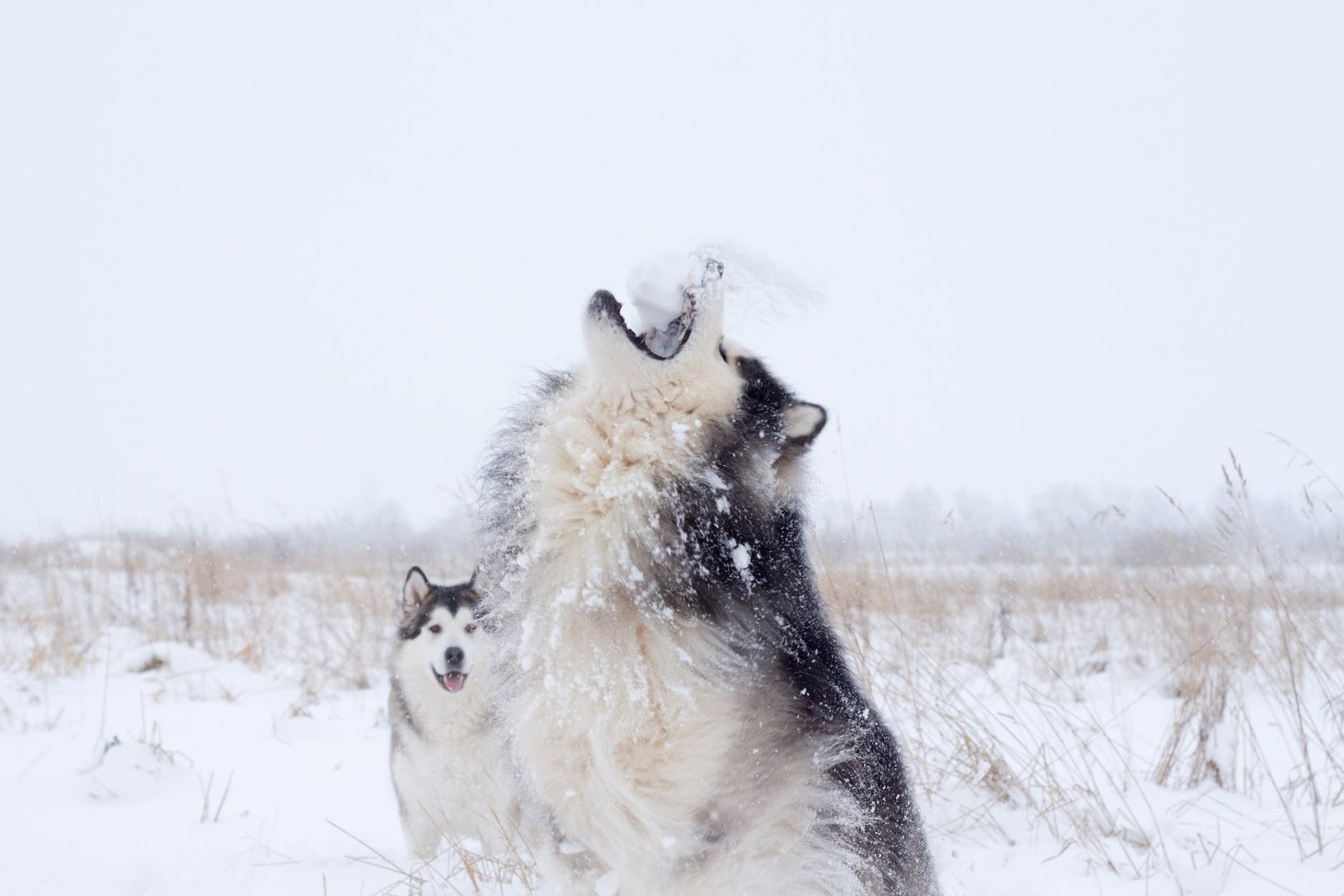dog giving a wolf howl can make some people uncomfortable. These vocal signals are, indeed, usually associated with something sinister, or even a bad omen in the collective unconscious. But what is it really? Why does the dog act like a wolf? What is he trying to express?
Wolf-like howls are seen in some ones. They are fun when pushed by puppies, but also sometimes a source of annoyance when uttered by adult dogs and repeatedly.
As with any form of canine communication, it is important to understand the typical lupine howls exhibited by dogs. It is not easy to decode the messages associated with it, but this understanding allows you to get to know your 4-legged friend better.
A behavior inherited from its ancestor: the wolf
Howling is one of the behaviors specific to wolves and inherited by our dogs. It is a form of social activity expressed through the voice, a form of communication between members of a pack.
Wolves are, in fact, known for their vocation to gather and evolve in packs, with a hierarchy that is put in place and communication codes accompanying the relationships between members by voice and attitudes. In the wild, the wolf begins to howl when it is lost, so as to signal its position to the other members of its pack.

They can then respond to him by screaming in turn.
Howls are also territorial signals. They allow, in fact, the members of the pack to make any rivals understand that they are on their territory. thus warn any individual who would undertake to approach them. are therefore one of the basic forms of communication among wolves. They are a means of social interaction and reporting. This behavior has been partly transmitted to the domestic dog, but in relatively small proportions.
Howling in the domestic dog
Present to a much lesser extent in domestic dogs, howls similar to that of the wolf are observed more in the most “lupoid” breeds (Husky, Saarloos Wolfdog, Czechoslovakian Wolfdog, Greenland Dog, etc.), those that have been less manipulated by humans than the others.
In fact, in the majority of cases, dogs that wolf begin to howl in response to sounds they identify as howling, such as the siren of an ambulance or a police car. They may mistake them for social calls such as those issued by their ancestors and respond accordingly.
It also happens that a dog plays the wolf in response to the song of its master. Again, the animal is not sure how to interpret what it hears, perceiving it as a social call to which it responds instinctively.
Finally, the dog can play the wolf when he is alone. The void left by his absent pack, which is here his human family, pushes him to emit howls similar to those of the wolf.